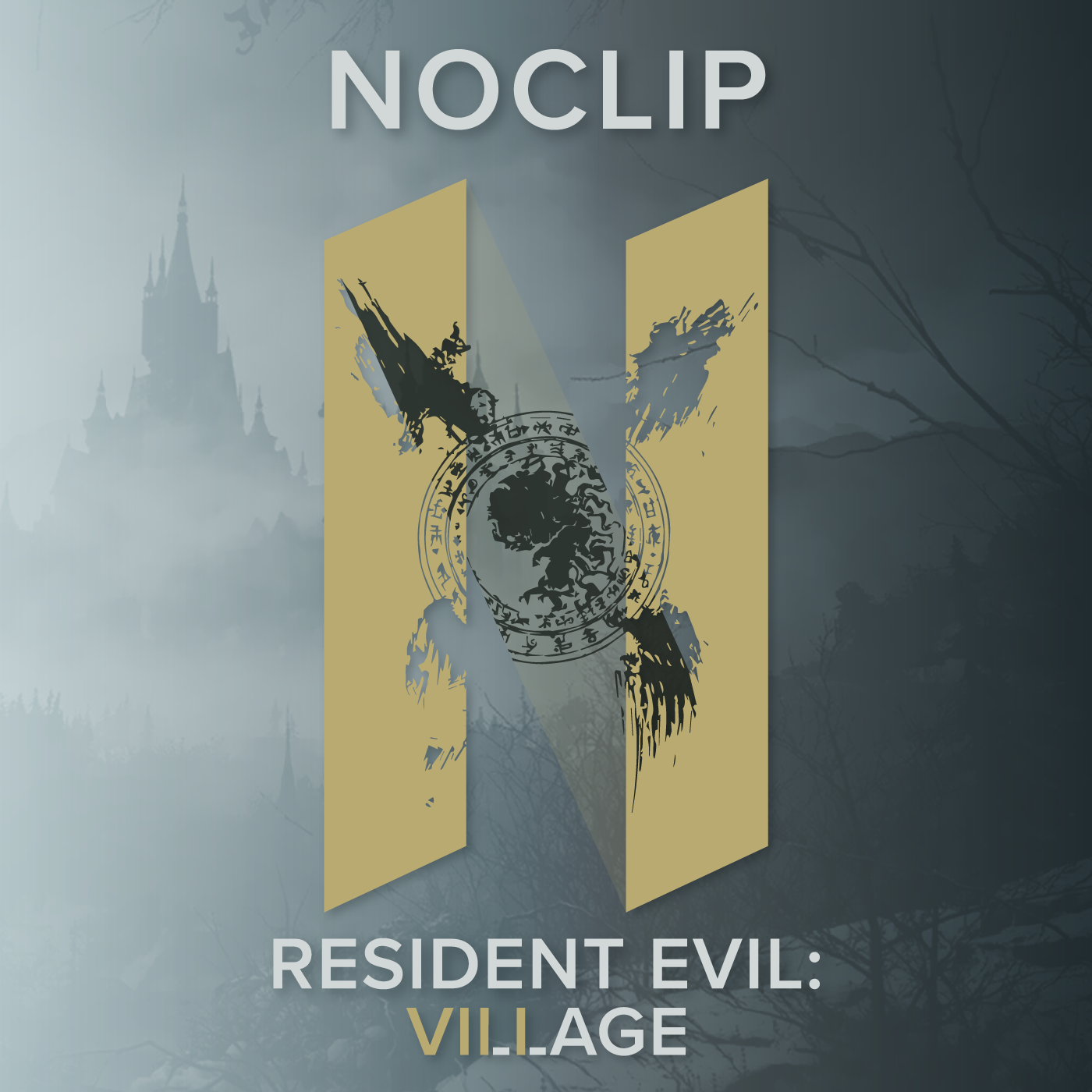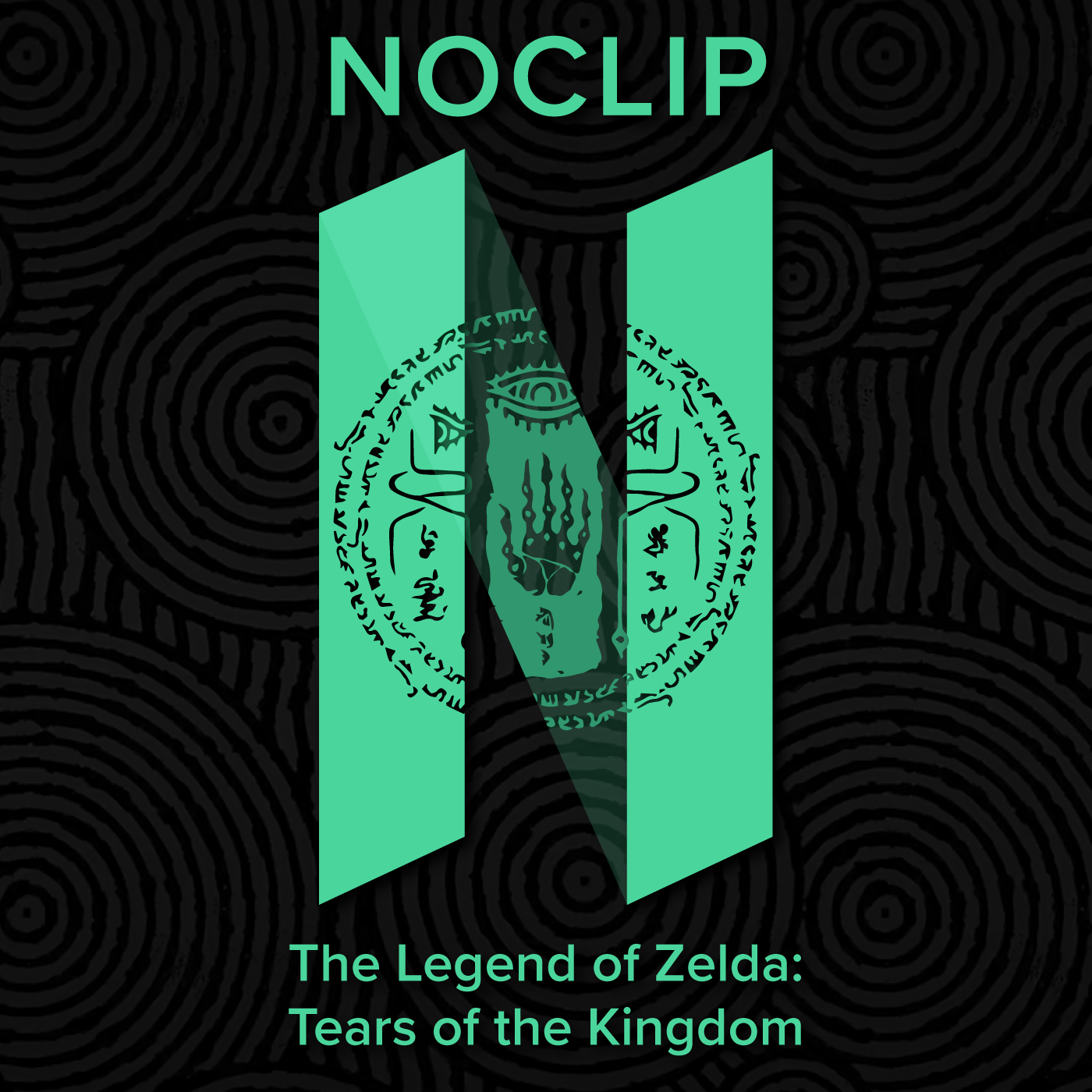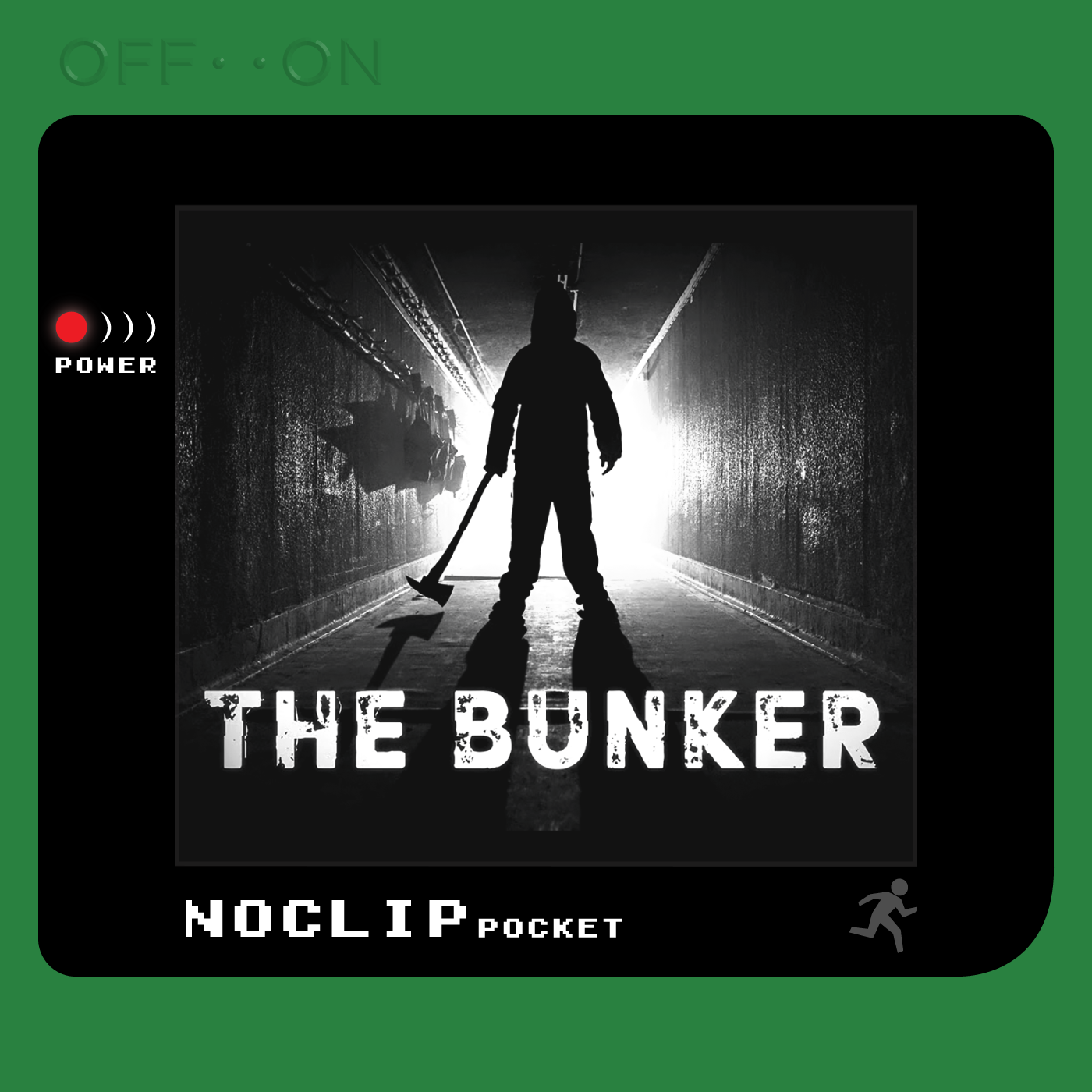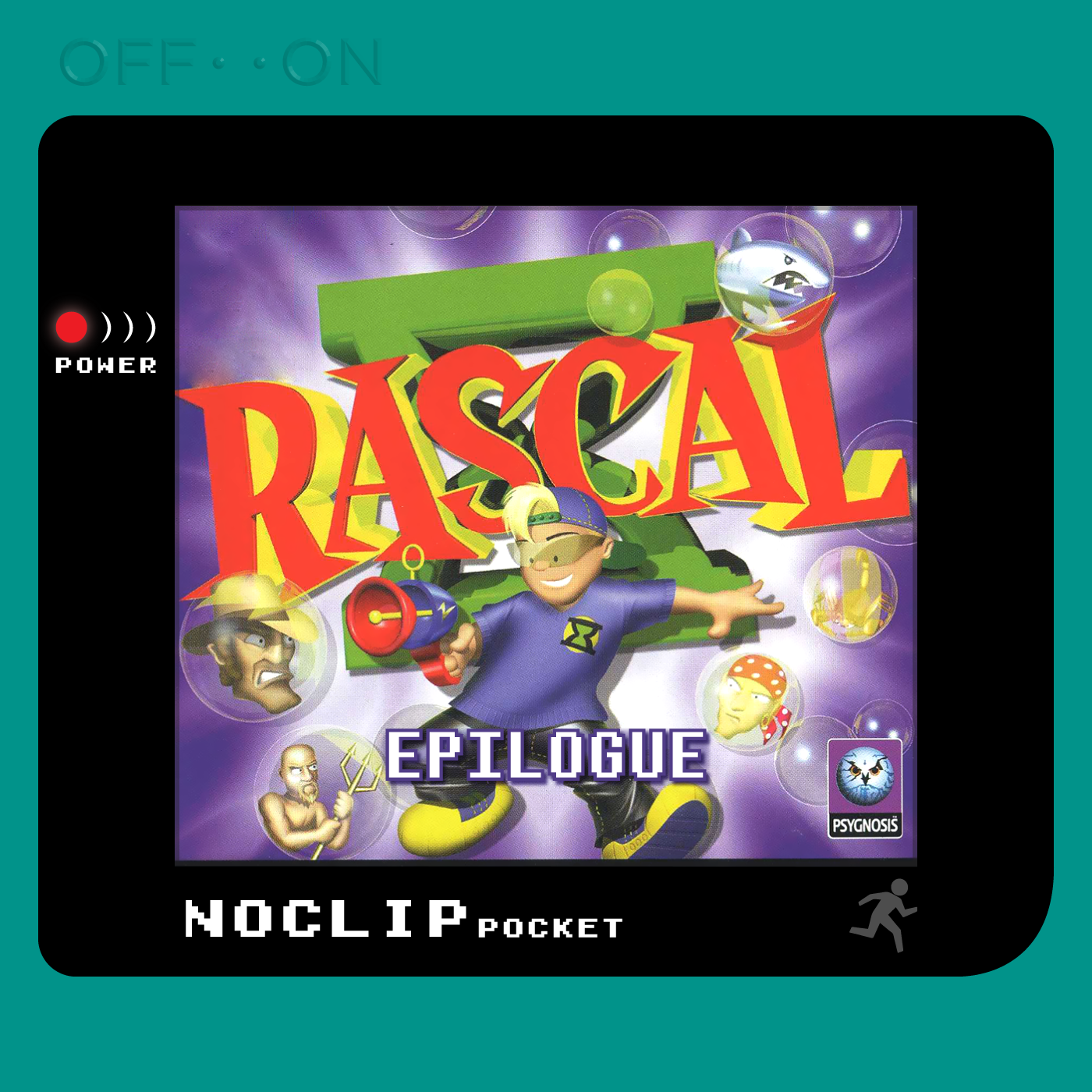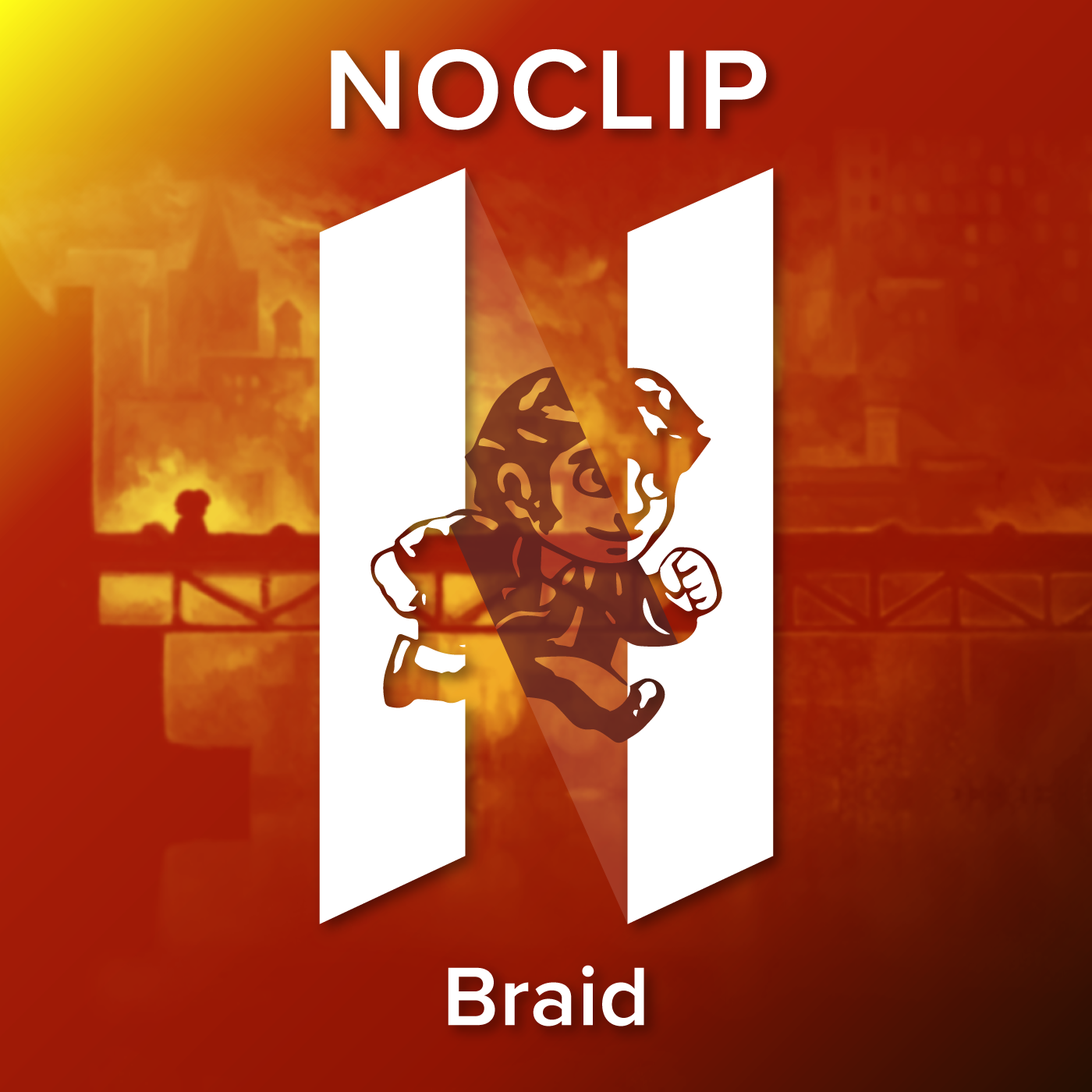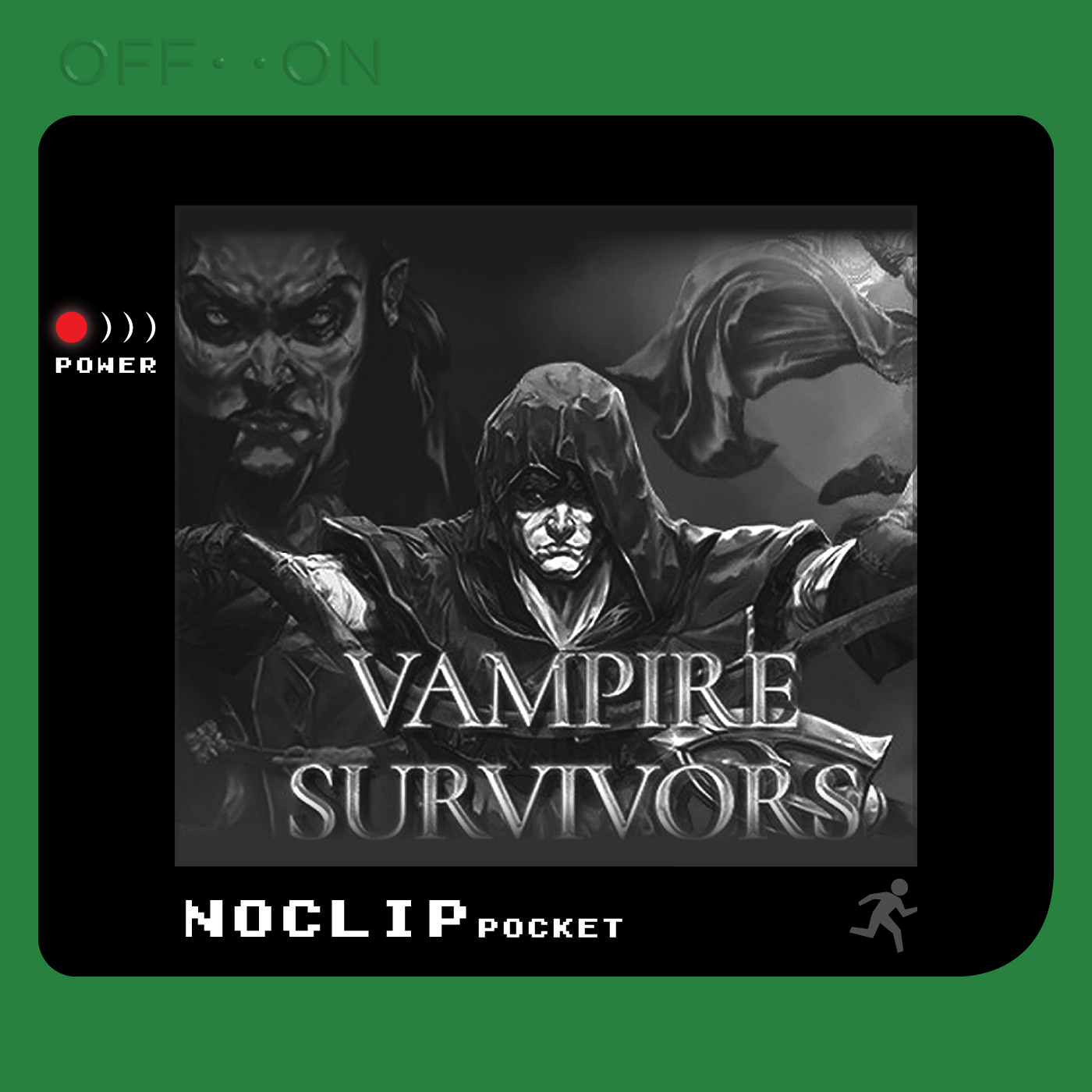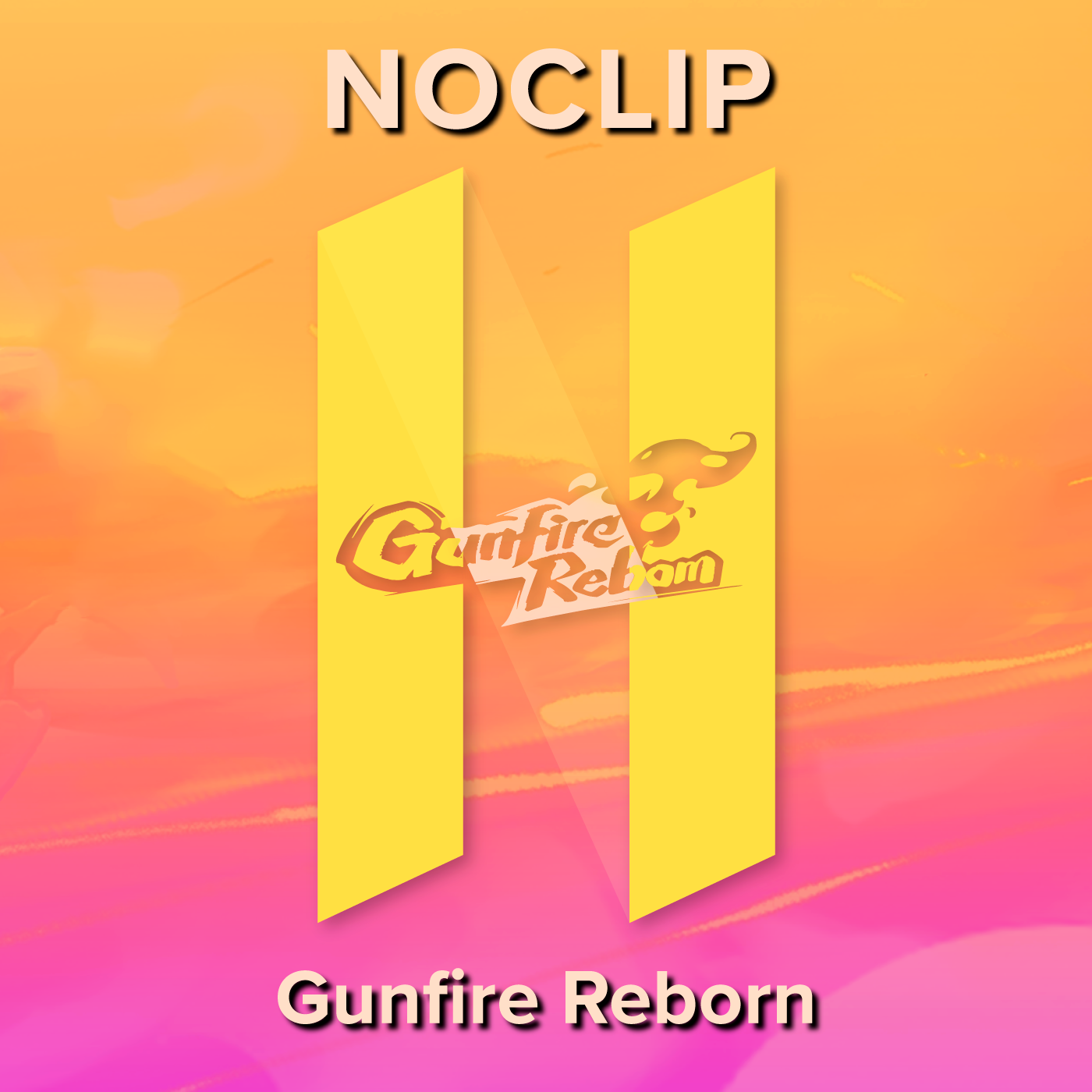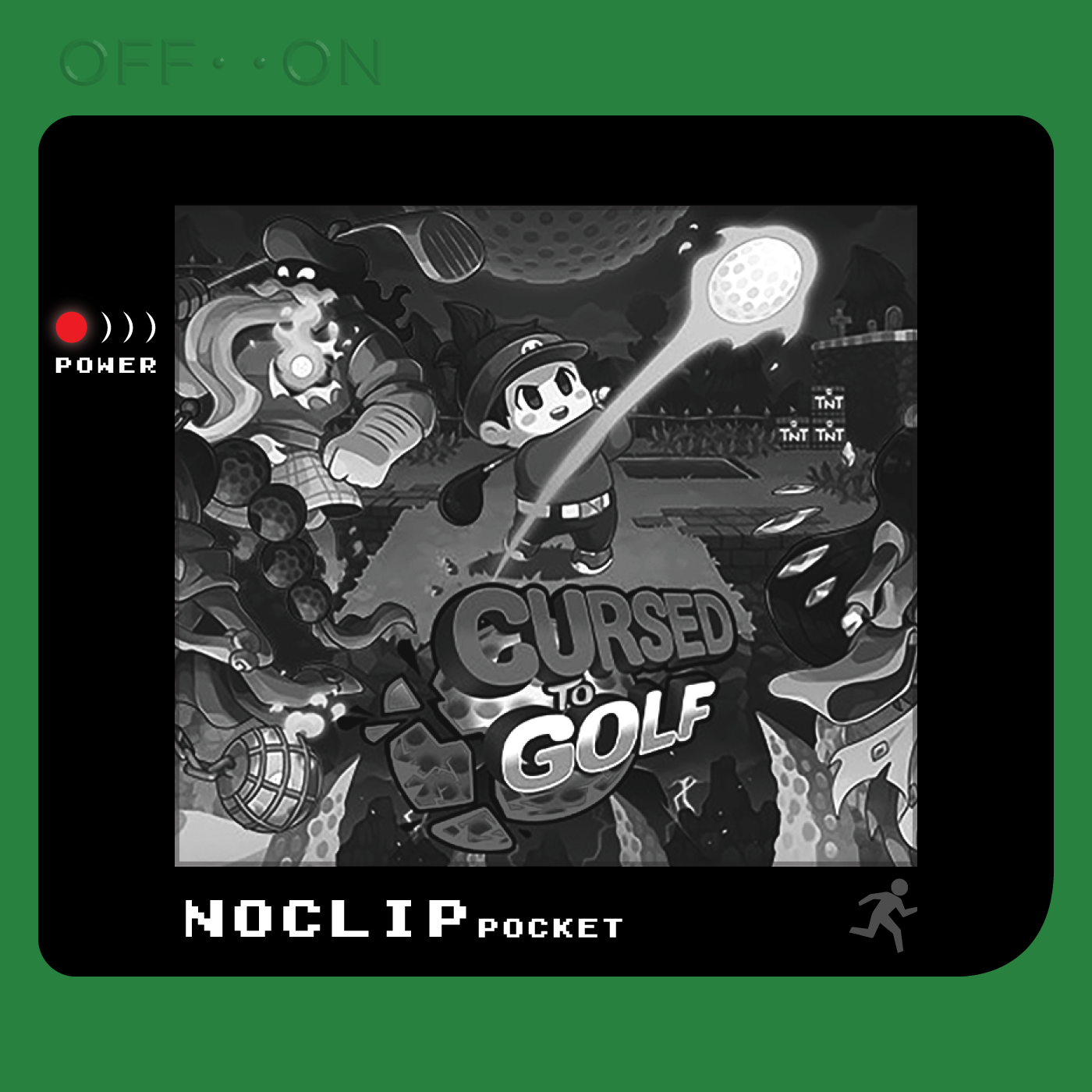How dare you talk about saving your podcast when you’ve murdered mine?
Welcome back to the podcast, and to our delightfully themed Spooktember in July. We’re concluding our first set of games with Resident Evil: Village, currently the latest main series, non-remake Resident Evil game, and one that received a lot of hype prior to release thanks to a marketing strategy that involved a nine foot tall vampire lady. One of the first things you might notice in the game itself is how it relates to other games in the series. Specifically, RE8 features the same protagonist, Ethan Winters, as RE7, a game that was making obvious strides to return to the series’ survival horror roots, which had largely been supplanted by a more action-heavy approach since RE4. Now, in Village, it seems like Capcom wanted to mesh the two and the inspiration taken from RE4 is pretty obvious with the game containing a merchant who can upgrade your weapons, and a more dynamic combat system with enemies who are faster and more threatening than those in the previous title. While this persists across most of the game, several quieter moments break up the action (sometimes becoming the best parts of the game themselves), but the two halves of the design philosophy never really meet in the middle and it ends up feeling more episodic than a real blend. That isn’t to say the game is bad, it’s actually quite good, but it does sit in an awkward place in the series. Unless something this game does is just really your “thing” it’s hard to recommend if you haven’t played some of the games it is directly referencing in its design. We’re going to be talking about the design of each of the levels and how they follow a certain structure and brisk pace, we talk about the inclusion of the merchant and an economy in the game and how that effects how you play it compared to other RE titles, and we discuss the nuances of the relationship between the “Big Bad” and the “Small Bads”.
Thank you for joining us again this week! The Resident Evil cycle of the month is now over, so let us know what you think. How do you feel RE8 stacks up against other games in the series, or just other horror games in general? I personally like that there is a high-profile triple-A horror franchise that is willing to pour money into doing weird stuff like this on occasion, but game development of this scale always comes with some baggage. Continue the discussion over on our Discord server or in the comment section. Next time, we’re moving into the “Ghost” phase of Spooktember in July and talking about Ghostwire: Tokyo, so we hope you’ll join us then, even if it is statistically unlikely you played the game.


